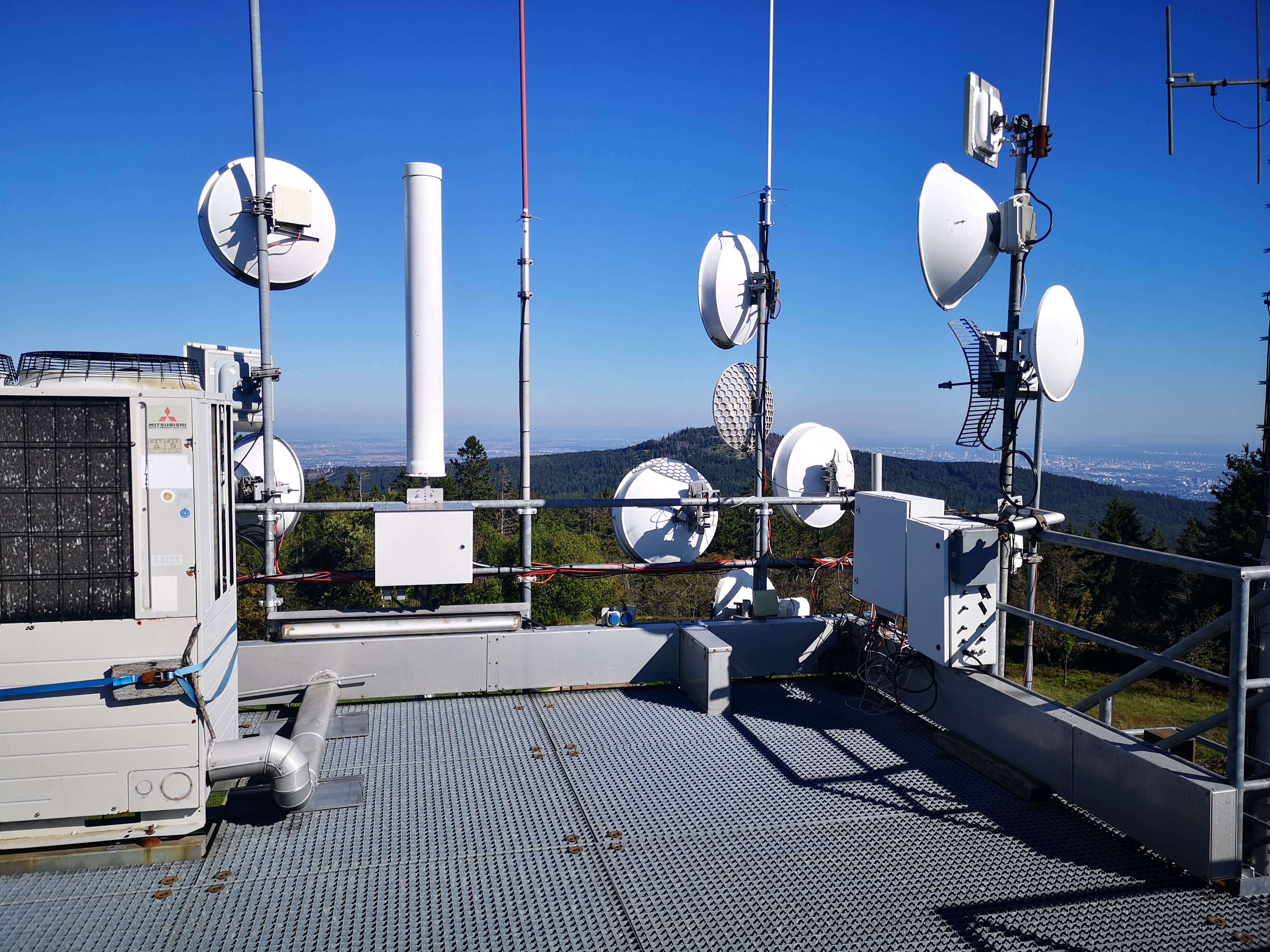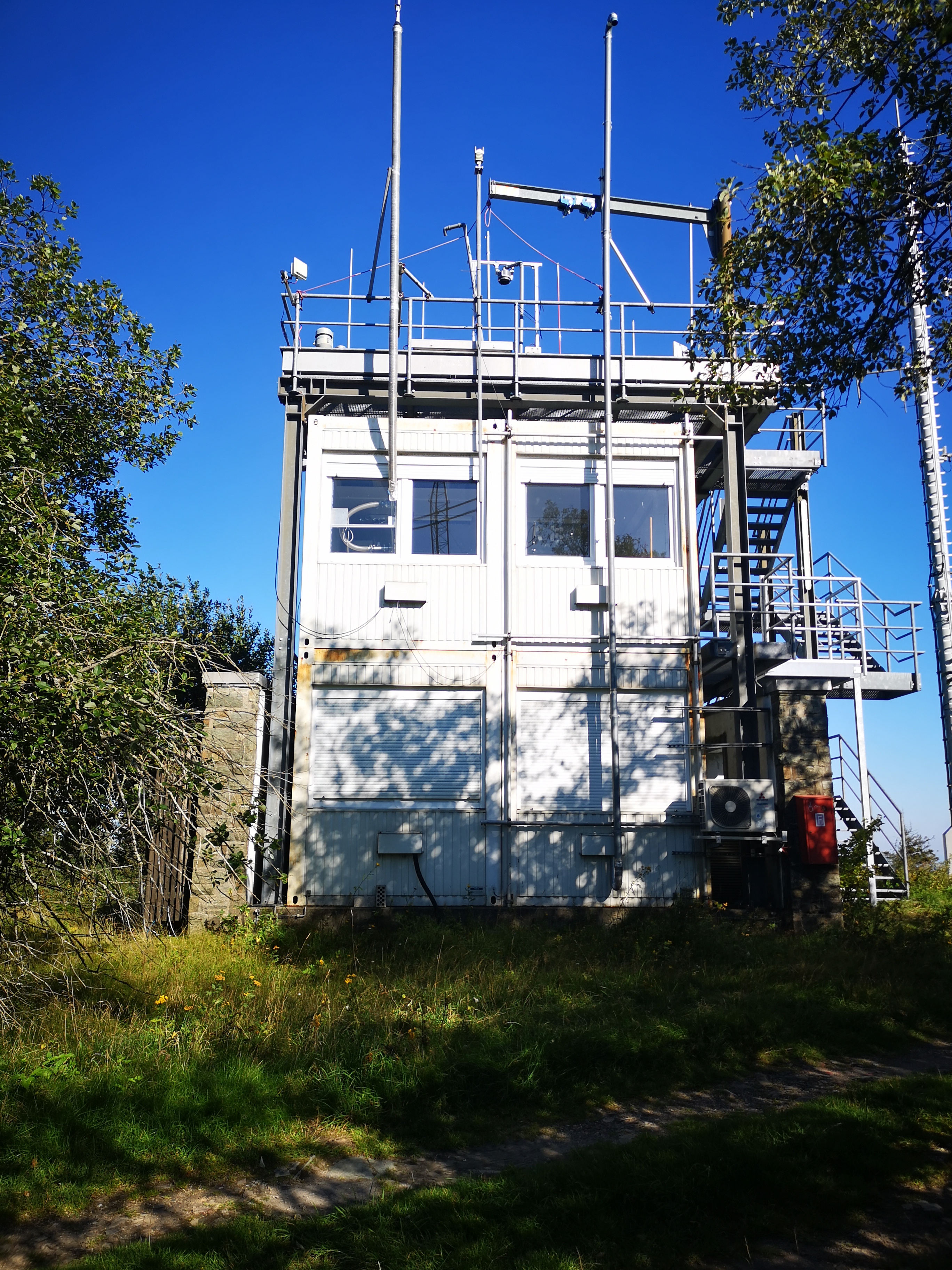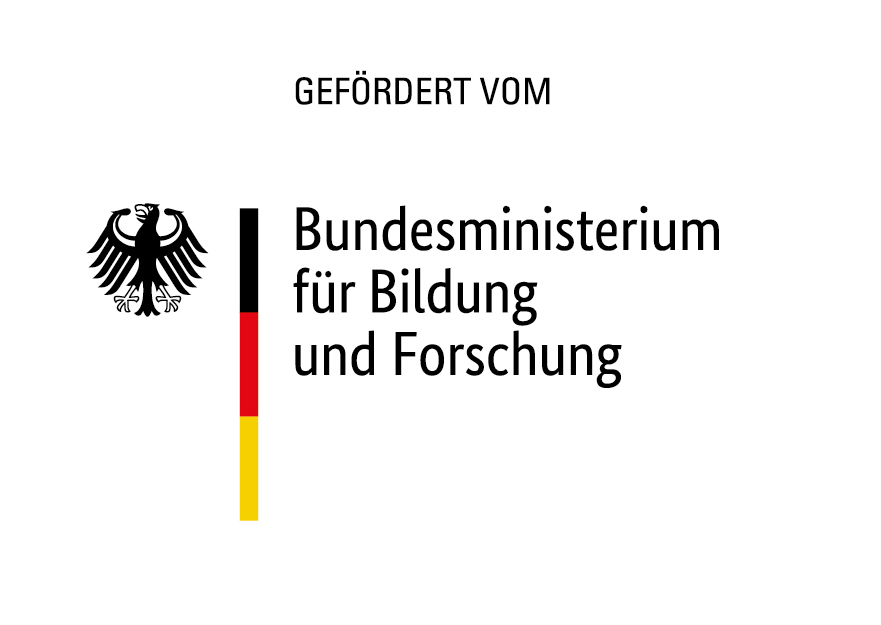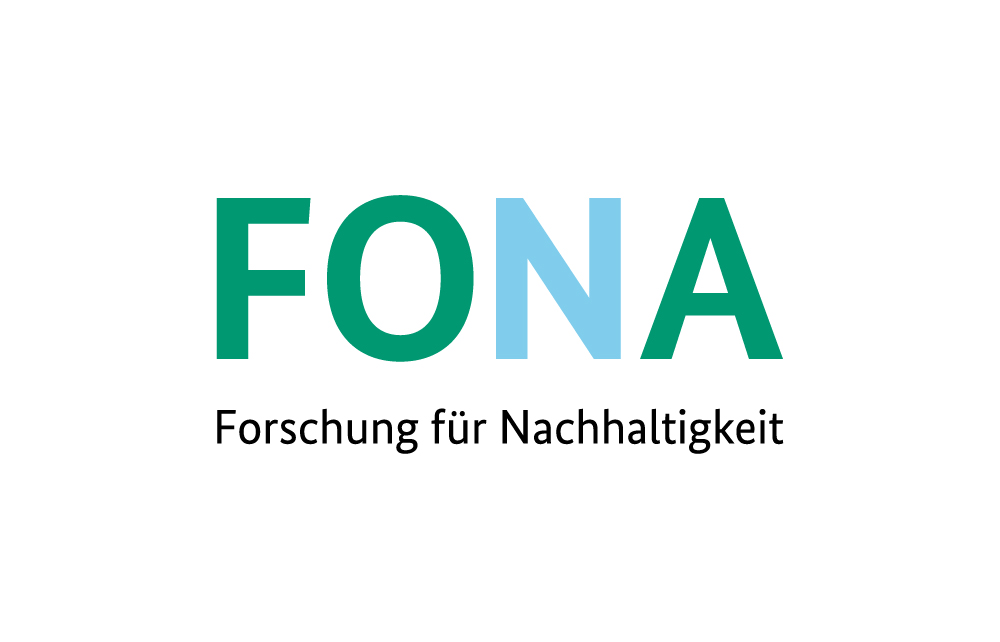ACTRIS

Since 2021, the Taunus Observatory (TO) is developed to an observational platform within the ACTRIS-D project. This is part of the European research network ACTRIS (Aerosol, Clouds and Trace Gases Research Infrastructure). The aim is to install and permanently run highly precise in-situ instruments to measure trace gases and aerosol particles as well as their chemical composition and physical features. After a five-year implementation phase (2021-2026), the continuously measured data will be fed to a publicly accessible database from 2026 onwards. Through the continuous data acquisition, changes in the atmospheric constituents can be better understood. The accessibility of the data ensures that researchers from all over the world can answer their research questions better and politicians can base their decisions on these data.

At the TO, in-situ data of trace gases and aerosol particles are acquired. You can find a list of instruments and their respective measured parameters in the following. Apart from the mandatory parameters (as specified by ACTRIS), which are marked with a *, there are auxiliary parameters that help to answer further research questions. Since our working group “Experimental Atmospheric Research” works intensively on the topic of new particle formation and nucleation, the additional instruments measure the tiniest aerosol particles and their precursor gases.
Instruments for trace gases:
- *GC-MS: non-methane hydrocarbons (NMHCs)
- *CLD-Monitor: nitrogen oxides (NO, NO2, NOx)
- *PTR-MS: volatile organic compounds (VOCs)
- UV absorption photometer: ozone (O3)
- Dew point mirror: water vapour (H2O)
- *Nitrate CI-APi-TOF-MS: sulfuric acid (H2SO4), oxidised organic molecules (OOMs) i.a.
- Fluorescence monitor: sulfur dioxide (SO2)
- Ion chromatograph: ammonia (NH3), ammonium (NH4+) i.a.
Instruments for aerosol particles:
- PSM: Nano particles in the nucleation mode (> 1.3 nm)
- 5: Particle number concentration > 2.5 nm
- *CPC10: Particle number concentration > 10 nm
- *SMPS: Particle size spectrum from 10 to 800 nm
- NAIS: Particle size spectrum from 3 to 40 nm and natural ions
- *ACSM: Chemical composition of aerosol particles < 1 µm
- *APS: Particle size spectrum from 0.3 to 20 µm
- *Aethalometer: Absorbance of the aerosol particles in the size range of PM5 and soot concentration
- *Integrating Nephelometer: Back scattering of the aerosol particles in the size range of PM5
Meteorological instruments:
- Weather sensors to measure the temperature, pressure, humidity and precipitation
- Radiation sensors to measure UVA, UVB, infrared and global radiation






